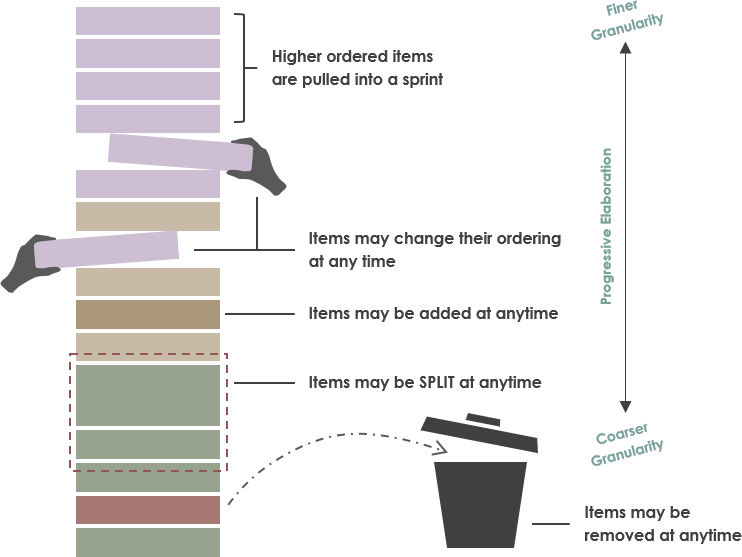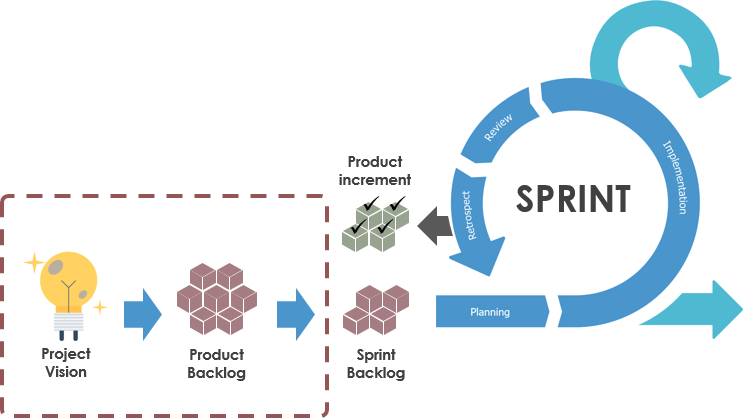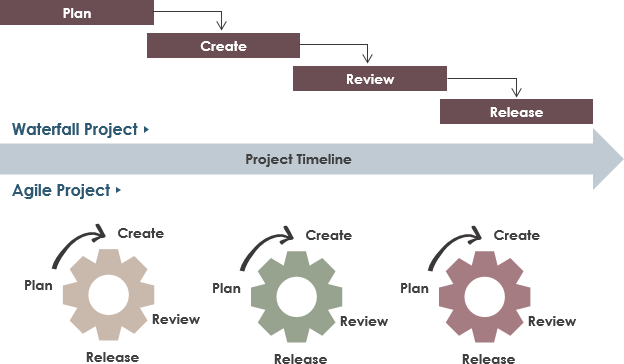A Scrum development team has the autonomy to choose how best to accomplish their work, rather than being directed by others outside the team. Unlike traditional management principles, the self-organizing empowered teams are not directed and controlled from the top; rather they evolve from team members participating actively & collectively in all the Scrum practices and events.
Continue reading








